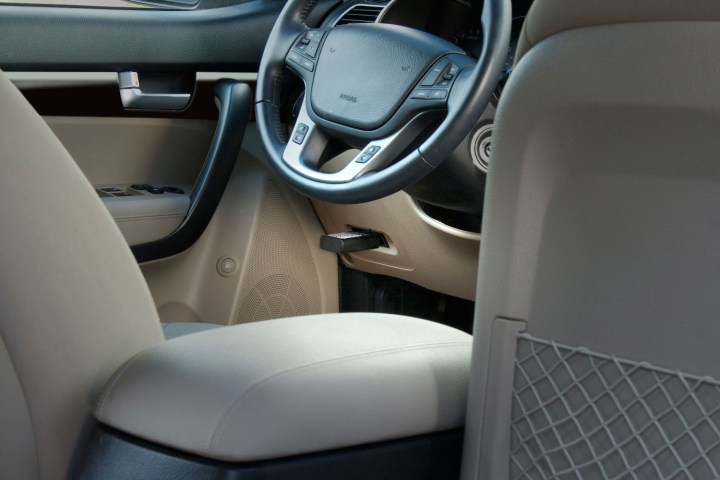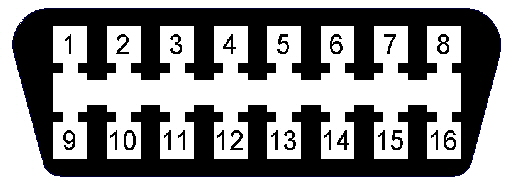
The ZTE Mobley allows up to five devices to connect to the internet using AT&T’s 4G LTE network for fast speed and performance. Now this isn’t your average portable hotspot device. Most hotspot devices have to be charged up. The Mobley connects to your vehicle’s OBD II (on-board diagnostics) port, which means that you never have to worry about charging it or turning it on. It will always be ready to go.
Most cars that are 1996 and newer have an OBD II port. If your car has one, there will be a sticker or nameplate under the hood that states, “OBD II compliant.” Assuming your car has that notice, the next step is finding it. It should be within 3 feet of the driver seat, and no tools should be required to remove its cover. The best places to look are under the dashboard or behind ashtrays. It will look something like this:

Once connected, you can easily change the network settings, such as the network name and password, through AT&T’s Wi-Fi manager home page.
The ZTE Mobley will go on sale September 11 for a $100 contract free. Customers can also opt for a two-year contract and get the device for free.
The monthly cost is as little as $10 per month when adding it to an existing Mobile Share Value plan. However, customers can also opt for a separate DataConnect plan that costs $20 per month for 1GB or $30 per month for 3GB. This is perfect for customers that have their smartphones on another carrier.
Click here to visit the site where the ZTE Mobley can be purchased (after September 11).


